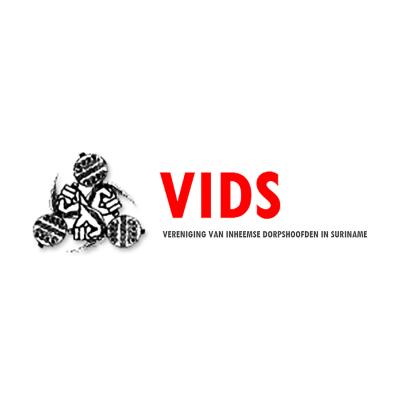Suriname: What has it meant to be part of the Indigenous Navigator?

In Suriname, the Indigenous Navigator is coordinated by Vereniging van Inheemse Dorpshoofden in Suriname (VIDS), an association of Indigenous village leaders representing the Indigenous Peoples of Suriname. VIDS has been implementing the Indigenous Navigator from the initial pilot phase in 2014.
As the project coordinator from VIDS explains, using the framework and tools has required some reading and studying to understand the project. It was a challenge and still is a challenge to translate the information regarding the rights of Indigenous Peoples, the SDGs, and the questionnaires from their international legal frameworks into a language that villagers can understand and fully engage with. It is not simply translating it from English to Dutch, or into an Indigenous language, but also using words and a context that communities can relate to and find familiar. Context specific language and interpretation has been essential.
Personally, and within Indigenous communities, it is a path of learning and raising awareness about Indigenous rights. Having a platform where our voices can be heard gives hope that someone is listening and that this will empower our fight for justice and for recognition and respect of our rights as Indigenous Peoples
In Suriname, the Indigenous Navigator has contributed a great deal in awareness-raising on Indigenous Peoples’ rights. Being part of the Indigenous Navigator activities has been a revelation for many Indigenous Peoples, who by answering the community questionnaire have learnt that they do have rights that are recognised under international law. Many communities learned about their rights for the first time in such depth, and the experience of implementing the Indigenous Navigator’s tools and framework awakened their interest in knowing more.
The project coordinator in Suriname expresses just how important this was, “Answering the questions and discussing the results was often the first time the community members talked about their situation in this way. It was a unique opportunity where they could link their day-to- day life with their rights as humans and as Indigenous Peoples.” Becoming more aware of their rights, however, did not automatically lead to an increase in their demands from the state.
From experience, the coordinator shared that, “It is difficult for non-Indigenous people to really understand and respect the rights of the Indigenous Peoples no matter how much information they receive.” Using the Indigenous Navigator framework allowed VIDS to convene structural dialogues based on data which are very important to change ideas and hopefully also behaviour. Evidence-based advocacy is a powerful tool, not only for claiming rights, but also for developing an understanding of those rights for the communities and how they can be used to empower self-determined development.
What stood apart for the communities implementing the Indigenous Navigator in Suriname was the pilot projects.
What really worked for the people and communities, for the villages, and made these communities even more enthusiastic to participate in the Indigenous Navigator was the unique approach of the pilot projects.
The Indigenous Navigator closed the loop, not only collecting and analysing data, but allowing communities to implement community driven projects to address the findings. This is in stark contrast to the previous experiences with researchers and development actors who often visited to carry out or implement an external project or research but did not reciprocate in sharing the findings.
The VIDS project coordinator highlighted that, “In the last years, no not only years, but decades, so many people have come to the villages, you know to these different villages to do their research. Some come to do their studies, some come saying that they would do a project with the community.” […] “But, in those cases, in those past experiences, [the communities], they have never seen a good return.” There is a definite feeling of research fatigue, of being used by outsiders for their research without any impact or return, no reciprocity for them and for their families. “So, they are tired of people coming to the village and asking to do research… when you ask them, the first thing they will say to you is ‘what good will it be for me?’” This isn’t selfish, or self-centred, it is a reaction to having been used by researchers in the past – and here is where the Indigenous Navigator is really something different. First because it is VIDS, the village authorities themselves, that are behind this project, and second, because through the pilot projects, the communities collected the data, and owned it. It was theirs, and as they conducted their analysis they were able to clearly see their challenges and decide for themselves what priority projects they would develop and propose.
This isn’t to say that they haven’t done projects before, a lot of people would come there, and have a project, and they would say “they want to help the villages, and they develop a project, but it’s theirs, their project, not the communities. Sure, some villagers can help but what that really means, is it is the villagers working and the outsiders receiving. So, in this case it is different. And the community feels that difference, they know it. These projects are really community-owned.” - expresses the VIDS coordinator for the Indigenous Navigator Programme in Suriname.

Vereniging Van Inheemse Dorpshoofden In Suriname (VIDS)
